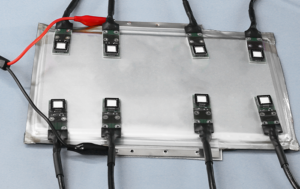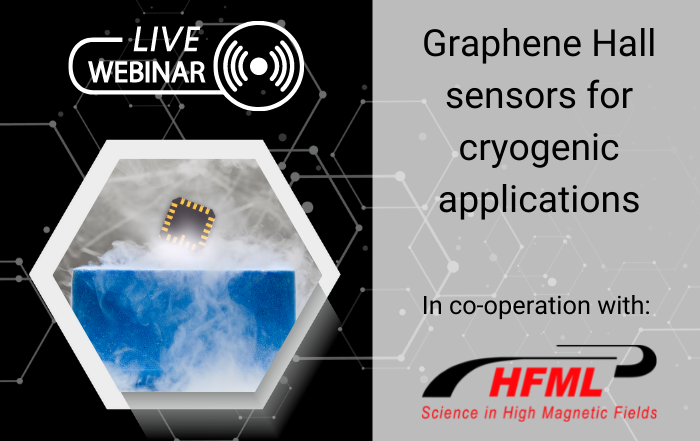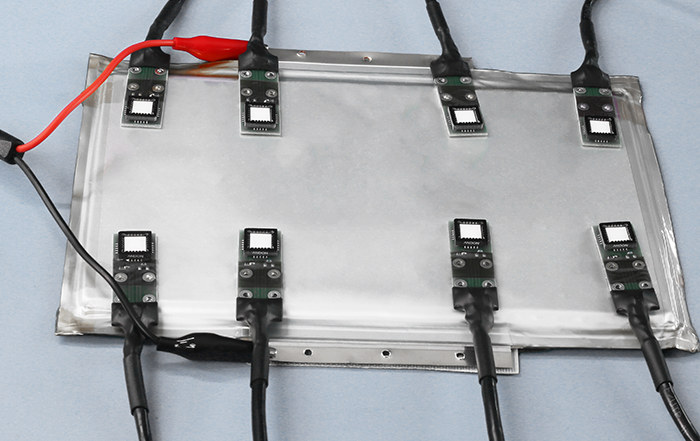As part of the Knowledge Transfer Network (KTN) webinar series ‘Driving the Electric Revolution’, this webinar discusses how graphene electronic devices have the potential to revolutionise battery R&D by enabling ultra-high resolution magnetic field measurement for battery analysis.
Owing to contamination-free technology that is both scalable and compatible with existing electronic device manufacturing production processes, commercial-quality, graphene-based electronic devices are now available.
Paragraf graphene Hall-Effect sensors deliver the unique properties of graphene into magnetic field sensing applications, achieving simple yet ultra-high resolution magnetic field measurement and positioning. This brings huge advances to the R&D of batteries for EVs, with battery analysis applications including:
- Real time current density mapping – observe localised variations across the cell, over time, during charge/discharge etc.
- Failure mode analysis – correlate hot spots to local changes in current density.
- Mapping current flow direction through a cell.
- Monitor leakage currents & fringe fields at the current tabs.
- Simultaneous localised monitoring of current tabs during charge/discharge cycling.
- Simultaneously monitor current flowing into individual cells within a multi-cell pack.
In this webinar, presented by Dr Ellie Galanis and Dr Ivor Guiney, joint ventures with CERN and NPL are discussed, including harsh environment results (at high temperatures, cryogenic temperatures and high-radiation levels) and battery analysis.
New results surrounding high temperature operation as part of a UKRI Innovate UK grant with Rolls Royce are presented, demonstrating graphene’s advantages in battery mapping as well as high temperature and high voltage sensor operation.
Paragraf’s ability to combine graphene with standard power electronics materials such as SiC and GaN, drive towards graphene transistors is also be discussed.





